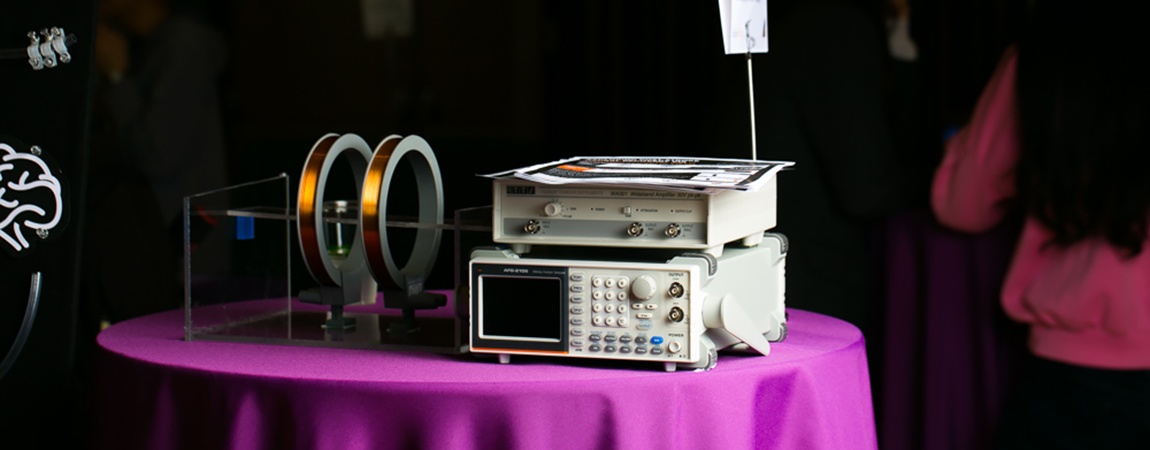Heralding a new era of stroke treatment
Team: Yu-Shuo Chen (BIOE), Paula Schultheiss (BIOE), Kylua Chen (BIOE), Matthew Kennedy (BIOE), Jesse Yang (BIOE)
Advisor: Syed Hossainy (BIOE)
Ischemic stroke, characterized by the restriction of blood flow to the brain due to mechanical blockage via blood clot, leads to significant mortality in both developed and emerging nations. Current therapies for ischemic stroke are flawed due to the short time window they can be administered and loss of neural function after oxygen is reintroduced. Our team aims to develop an adjunctive therapy using low-frequency electromagnetic field (LFEMF) stimulation to support neural rehabilitation, thereby alleviating patients’ disability profile. It is our hope to establish a foundation for future exploration of LFEMF as a new era of stroke treatment.
Mission
We aimed to investigate the therapeutic potential of low-frequency electromagnetic field (EMF) stimulation on neural cell lines by both exploring the underlying biological mechanism of action and theorizing the translation of results to a viable clinical strategy.
Cell Growth Rate
- Normoxia (O₂=21%): EMF decreases the growth rate of neural cells
- Hypoxia (O₂=2%): EMF slightly increases the growth rate
Reactive Oxygen Species (ROS) Production
- Hypoxia: EMF decreases the oxidative stress on neural cells
Results
EMF stimulation can modulate cell transmembrane voltage and alter ion channel dynamics. Intracellular calcium balance is disrupted, encouraging mitochondrial dysfunction and overproduction of ROS. EMF stimulation can alter electron transfer rates, introducing an irregular energetic equilibrium in redox reaction pairs, with efficiency of mitochondrial ROS neutralization dependent on electron transfer kinetics

← View all Capstone Projects



